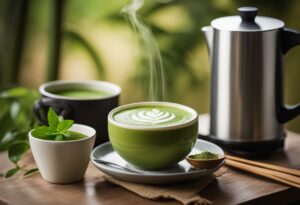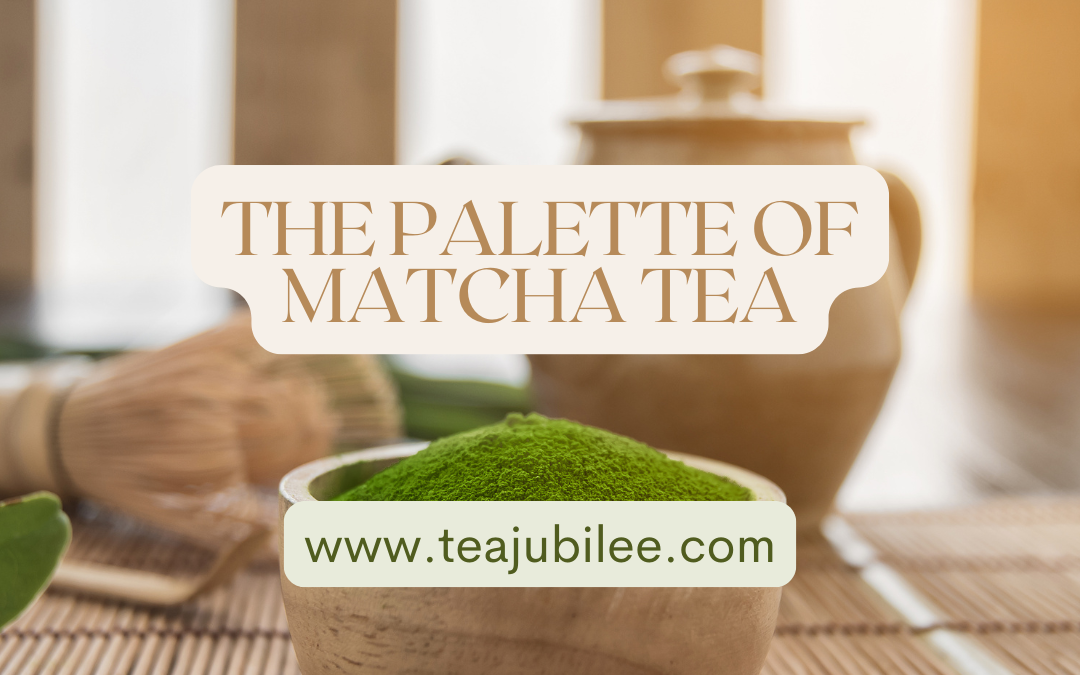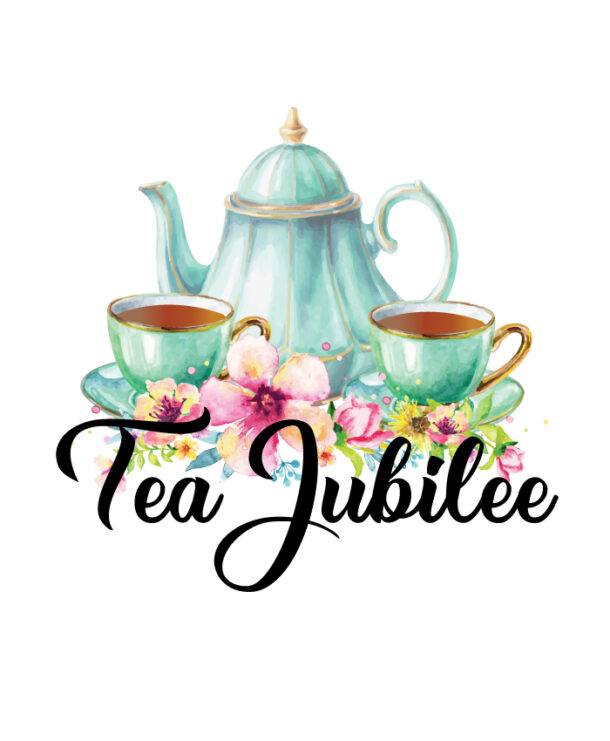==================
A Caveat and Affiliates
First off, a little caveat: within my articles you will find affiliate links, meaning if you buy them, I get a small commission. Your cost is not affected. In addition, I am an Amazon Associate and I earn from qualifying purchases on Amazon.
And yes, if I say that I recommend a product here, it means I truly believe it is a good product. I refuse to recommend any product that I have not researched and believe to be a good value.
Even better, I provide you with a very clear picture of the product, it’s use, and the probable value.
Earning your trust is important to me. I run this website myself and the commissions and donations help support the site.
Sound reasonable and fair enough? Let’s continue to the article.
==================
Contents
The Palette of Matcha Tea: Exploring the Colors
Did you know that Matcha doesn’t just come in Green?? It’s true! There are five colors it comes in, and today, I will tell you more about it through this blog post, so buckle up and get ready to learn more about The Palette of Matcha Tea!
What is matcha tea?
Matcha tea is a powdered form of green tea that has been a staple in Japanese culture for centuries. Unlike traditional green tea, where the leaves are steeped in hot water, matcha is a finely ground powder whisked into hot water, creating a vibrant, frothy beverage.
The unique cultivation and processing methods used to produce matcha tea result in a distinctive flavor profile and a wide range of color variations, making it truly captivating and versatile.
The traditional process of producing matcha tea

The production of matcha tea is a meticulous and time-honored process that requires great skill and attention to detail. First, the tea plants are grown in the shade, which enhances the production of chlorophyll and amino acids, resulting in a deeper, richer green color. The leaves are then carefully harvested, steamed, and dried before being ground into a fine powder using a traditional stone mill. This process preserves the matcha’s delicate flavor and vibrant hue, making it a true work of art.
Understanding the different colors of matcha tea
The color of matcha tea is not just a visual characteristic; it reflects the tea’s quality, cultivation, and processing methods. The color of matcha can range from a deep, vibrant green to a more muted, earthy tone and even to rare shades of blue and purple. Each color variation carries unique characteristics and flavor profiles, making the world of matcha tea a truly fascinating exploration.
The significance of color in matcha tea quality
The color of matcha tea is a crucial indicator of its quality and freshness. The most sought-after matcha teas are those with a deep, vibrant green hue, which indicates a high level of chlorophyll and amino acids responsible for the tea’s characteristic umami flavor and health benefits. Lighter or more muted shades of green may suggest the tea has been exposed to too much sunlight or stored for an extended period, losing its natural vibrancy and flavor.
Matcha tea grades and their color variations
Matcha tea is graded based on various factors, including color, aroma, and flavor. The highest-grade matcha, known as “ceremonial grade,” is characterized by a deep, vibrant green color and a smooth, creamy texture. Lower-grade matcha, often used for culinary purposes, may have a more muted green hue or even hints of yellow or brown, indicating a lower concentration of chlorophyll and amino acids.
Exploring the vibrant green matcha tea
The deep, vibrant green variety is the most iconic and widely recognized form of matcha tea. This matcha is prized for its exceptional quality, with a rich, umami-forward flavor and a smooth, creamy mouthfeel. The intense green color is a testament to the tea’s high chlorophyll content, resulting from the plant’s careful cultivation in the shade. When whisked into hot water, this vibrant green matcha produces a frothy, emerald-hued, visually stunning beverage that is delightfully flavorful.
The allure of the vibrant blue matcha tea
While the classic green matcha is undoubtedly the most prevalent, a rare and captivating variety boasts a stunning blue hue. This unique color results from a specific cultivar of the Camellia sinensis plant, which is rich in anthocyanins, a type of antioxidant pigment. The vibrant blue matcha has a delicate, slightly sweet flavor profile and a velvety, almost creamy texture. Matcha enthusiasts highly prize this rare and beautiful tea, and it is often used in special ceremonies and culinary applications.
Unveiling the rare purple matcha tea
Another captivating color variation in matcha tea is the elusive purple variety. This rare matcha is produced from a specific cultivar high in anthocyanins, the same pigments responsible for the vibrant blue matcha. The purple matcha has a deep, rich color ranging from soft lavender to bold, regal purple.
The flavor profile of this rare tea is often described as slightly sweet, with a subtle earthy undertone. Due to its scarcity and unique characteristics, purple matcha is highly sought after by discerning tea connoisseurs and is often used in specialized culinary creations and ceremonial rituals.
The emerging trend of flavored matcha teas
While the traditional, pure forms of matcha tea are highly revered, there is also a growing trend towards flavored ones. These innovative blends combine matcha’s vibrant color and distinct umami flavor with various natural ingredients, such as fruits, herbs, and spices.
From fruity variations like strawberry or mango matcha to savory blends like matcha with ginger or turmeric, these flavored teas offer a delightful twist on the classic matcha experience, appealing to a wider range of tea enthusiasts.
How to choose the right matcha tea based on color preference
When selecting a matcha tea, the color is an important factor to consider, as it can provide valuable insights into the tea’s quality, flavor profile, and potential uses.
For those seeking a robust, umami-forward matcha experience, the deep, vibrant green varieties are the most sought-after. Individuals interested in the more delicate and subtly sweet flavors may be drawn to the rare blue or purple matcha teas. And for those looking to explore new flavor combinations, the growing selection of flavored matcha blends offers a world of possibilities.
Conclusion
The world of matcha tea is a captivating exploration of color, flavor, and tradition. From the iconic vibrant green to the enchanting blue and purple varieties, each matcha tea offers a unique sensory experience reflecting its production’s meticulous care and craftsmanship.
Whether you’re a seasoned matcha connoisseur or a newcomer to this remarkable tea, delving into the different color variations is a journey to delight your senses and expand your appreciation for this timeless beverage.
More From Tea Jubilee
The Ultimate Guide To Pink Matcha Tea
How to make matcha tea at home
And that’s all for today; thank you for reading about The Palette of Matcha Tea! If you want to ask me anything, comment below, and I’d be happy to see your feedback.
Share this on socials so friends and family can check out this blog, too.
Have a great day!




